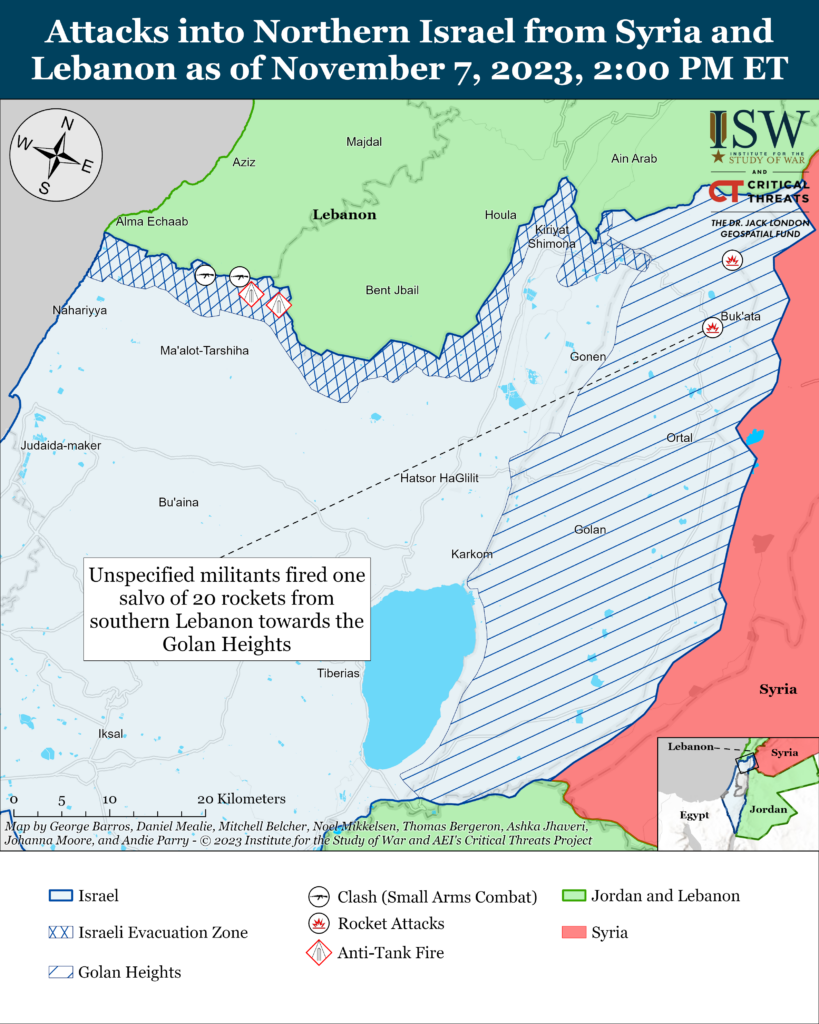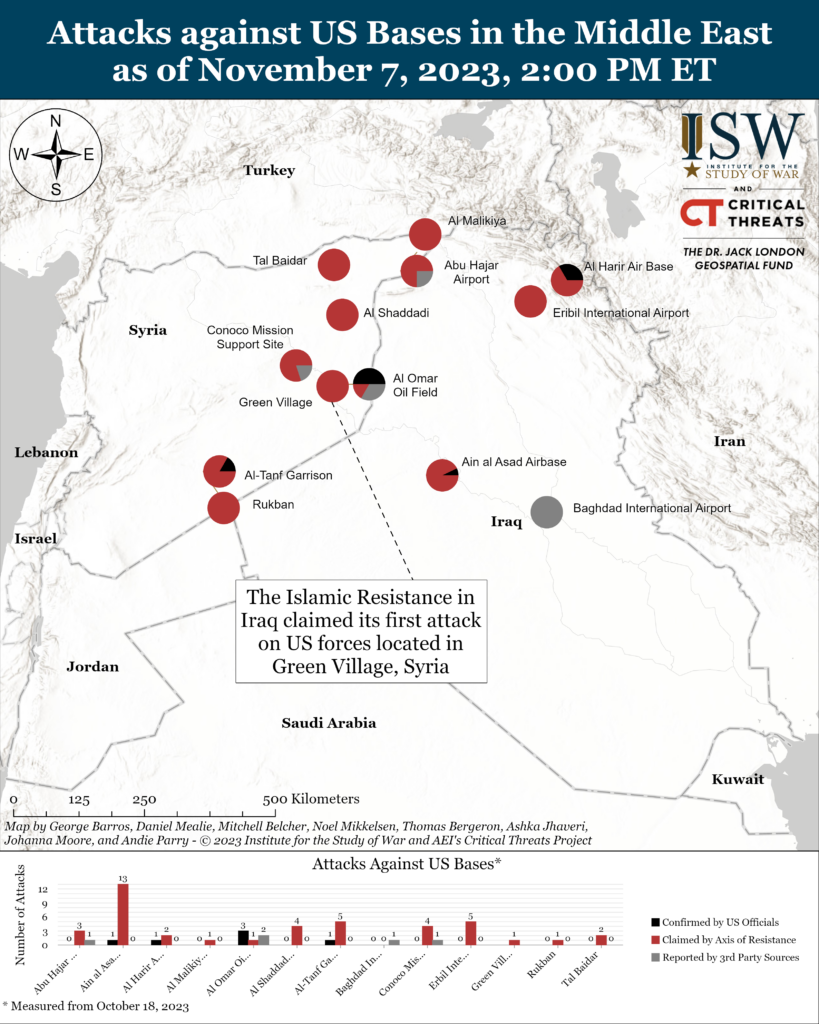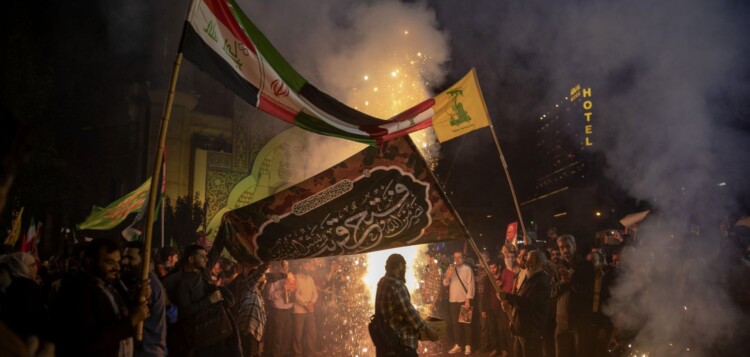The Situation in Gaza
On November 7, the situation in the Gaza Strip remained tense, with several confrontations reported between Israeli Defense Forces (IDF) and Palestinian groups. In the northern area of the Strip, Israeli forces made incursions near the al Shati refugee camp, where they reportedly reached a residential building. This operation likely involved engagements with Palestinian militants.
The IDF also conducted operations in Beit Hanoun, where they claimed to have dismantled Hamas-operated tunnels within a residential area. Such operations are part of a broader military strategy to systematically clear territories of hostile elements, often involving intense and prolonged combat activities.

Hamas and other militant factions continued to resist the IDF’s defenses, launching counterattacks from various locations, including the al Amoudi area and near Atatra. The IDF claims to have interrupted a Hamas unit that was preparing to launch an attack from a location near al Quds Hospital, which resulted in an airstrike that caused secondary explosions, indicating possible munitions storage at the site.
Furthermore, the IDF’s forward movements towards the Tal al Hawa neighborhood have been noted, suggesting a continued push into densely populated areas, which typically complicates military operations due to the higher risk of civilian casualties and the urban combat environment.
Meanwhile, rocket attacks from Gaza into Israeli territory were reported, with some specifically targeting military sites. These attacks have decreased compared to the previous day, yet they remain a significant aspect of the ongoing hostilities. The al Qassem Brigades, Hamas’s military wing, claimed responsibility for rocket fire aimed at Ashdod and Tel Aviv. Claims of rocket attacks by the al Aqsa Martyrs’ Brigade, affiliated with Fatah, were also reported, though the group had not claimed responsibility for these at the time of the reports.
In a separate incident, rockets allegedly launched by Palestinian terrorists struck the Barzilai Hospital in Ashkelon, causing damage to the structure. The frequency and intensity of these indirect fire attacks highlight the volatile nature of the situation, with the potential for escalation remaining high.
The West Bank
On November 7, in the West Bank, conflicts persisted as Palestinian militants engaged in hostilities with Israeli military forces. The day’s incidents included a dozen exchanges of gunfire and seven improvised explosive device (IED) assaults, predominantly centered around the northern areas of Jenin and Tulkarm. An IED explosion specifically targeted Israeli forces in Jenin, attributed to unidentified militants. Additionally, separate small-arms confrontations were reported in Ramallah involving assailants whose affiliations were not disclosed.

The tensions escalated following a vow from the al-Aqsa Martyrs’ Brigade for retribution after an Israeli operation resulted in the deaths of its members, alongside Hamas combatants, in Tulkarm on November 6. Fulfilling their promise of retaliation within a day, the al-Aqsa Martyrs’ Brigade initiated eight attacks against Israeli soldiers, with a notably prolonged clash at the Tulkarm refugee camp. Concurrently, militants from the al Quds Brigades engaged in the conflict at the same location, suggesting a coordinated effort. This collaboration mirrors a pattern from October 2023, where the two groups claimed joint operations in the same region.
Golan Heights and Southern Lebanon

On November 7, militants with ties to Iran persisted with their usual frequency of assaults into northern Israel. These combatants, whose specific affiliations were not identified, launched a total of five assaults against both military and civilian objectives in Israel’s Northern territories. The methods of attack varied, including the use of anti-tank-guided missiles, rocket fire, and gunfire. Additionally, a significant barrage involving 20 rockets was launched from the southern parts of Lebanon towards the Golan Heights on the same day. In retaliation, the Israeli Defense Forces (IDF) targeted the origins of the rocket fire in Lebanon with artillery rounds.
Iran and The Axis of Resistance
Recent developments in the Middle East have highlighted escalating tensions involving various groups and regional powers. Militias in Iraq, collectively known as the Islamic Resistance, reportedly claimed responsibility for several attacks against US forces stationed in Iraq and Syria on November 7. These claims included attacks on both Erbil International Airport and al Harir airbase in Iraq, as well as US bases in Green Village and the Conoco base in northeastern Syria. These incidents are part of a series of assaults the group has attributed to itself since mid-October.

The Islamic Resistance in Iraq, believed to be backed by Iran, has also been linked to advanced drone technology, specifically the Samad-2 drone, which has been primarily associated with the Houthi movement. The use of such drones represents an increased capability for the group, allowing for more sophisticated attacks. On a related note, the Houthis have claimed a drone attack on Israel. However, there has been no confirmation from the Israel Defense Forces, and Israeli media suggested the drones might not have reached their intended targets.
In the world of political maneuvering, Iranian officials have been actively seeking to galvanize support against Israel. Initiatives include talks for a meeting focused on Palestine and discussions on Arab and Muslim unity in the face of the Israeli-Palestinian conflict. These talks will likely take place at the upcoming Organization of Islamic Cooperation meeting, which Iran intends to use as a platform for its agenda.
Furthermore, a recent report suggests that over the past summer, there has been a significant meeting in Iran involving leaders from an array of groups, including Hamas and the Houthi movement. This meeting aimed to establish a joint operations room, which was reported to be a strategic move to enhance coordination against US and Israeli interests in the region. This aligns with Iran’s pattern of fostering closer ties with Palestinian groups, particularly following the initiation of hostilities between Hamas and Israel.










COMMENTS
You must become a subscriber or login to view or post comments on this article.